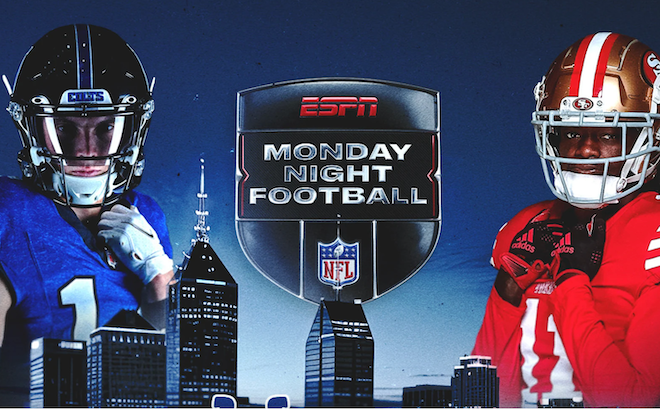Getting in on the Acton
Sponsors target niche properties and activate, activate, activate.
The sponsorship category was one of the fastest-growing segments of the promotion industry last year, as North American spending on rights jumped 14.5 percent to $8.7 billion, according to Chicago-based IEG, Inc.
Overall, marketers are devoting about four percent more of their budgets on sponsorships than they were three years ago, IEG estimates. Sports tie-ins again absorbed the vast majority of segment dollars, with spending up 16.1 percent to $5.9 billion in 2000 (See chart).
Several factors fueled growth. For one, more properties became available for sponsorship; marketers who can’t (or won’t) crack the major professional leagues can now link to everything from bull riding to canoeing. (The state of Massachusetts is even selling “sponsorships” of four Boston subway stops.) On the flip side, new brand categories including pharmaceutical, hotel, and utility companies have entered sponsorship territory for the first time. Lastly, marketers looking for some Olympic-year bang without having to pay Olympic-size bucks have been striking alternative deals.
The biggest spenders are the usual cast of characters. IEG found that the top five sponsors of 1999 retained their rankings in 2000. Anheuser-Busch leads the way with an estimated $195 million in spending, followed by Philip Morris (at $180 million), General Motors ($155 million), Coca-Cola Co. ($120 million), and PepsiCo ($115 million).
Oh, What a Feeling
Meanwhile, spending on sponsorship activation might be growing at an even faster rate than rights fees. “Budget for the activation or don’t do the deal at all,” advises Steven Tihanji, General Motors’ director of marketing alliances and regional opportunities, who spoke at IEG’s annual conference in March.
Many brands are developing “experiential” campaigns with multiple touchpoints that unite the brand and the property in ways consumers can’t easily forget. Stamford, CT-based razor maker Norelco last year leveraged several alternative sporting events to bring its new Hue Razor to young shavers, hosting activities in addition to handing out samples and product information. (Some participants even used Hues to shave each other’s heads.) “Sponsors now need to create an experience that makes customers’ hearts beat faster,” said IEG president Lesa Ukman. “People need a feeling. Without emotion, a product is just a product.”
Other brands are attaching to lesser-known niche properties that offer less-cluttered sponsor ranks as well as less expensive fees. Witness St. Louis-based Anheuser-Busch’s new two-year deal for sponsorship of the start-up Major League Lacrosse league or Cherry Hill, NJ-based Subaru’s ties to kayaking.
Musical tours continue to attract sponsors as well. Cambridge, MA-based Polaroid generated more than 211 million impressions last year as co-sponsor of Britney Spears’ tour, and this summer will head out with The Backstreet Boys. New York City-based Clairol will send Herbal Essences on the road with 98 Degrees and L’Oreal will head out with Destiny’s Child.
Sponsors are also pooling resources on collaborative efforts. NFL sponsors Southwest Airlines, Dallas, and Hershey Foods, Hershey, PA, last winter co-hosted a national campaign that had consumers redeeming candy wrappers for airline discounts. “More out-of-industry companies have gotten involved with sponsorship,” says Peter Carlisle, ceo of Portland, ME-based sports marketing firm Carlisle Sports Management. “[That has] heightened the importance of cross-promotions and layering of activation for a deeper impact.”
Property holders, meanwhile, are themselves developing promotions to help sponsors dig deeper into events. Atlanta-based NASCAR, for example, later this year launches a balloting program that lets fans pick their favorite drivers. Circle K will distribute ballots in its 2,000 c-stores, Anheuser-Busch in bars and pubs, Goodyear from its home page, Home Depot through a mobile tour, and Winston cigarettes at races. The ballots double as entries into a sweeps. On the ROI side, sponsors are beginning to dedicate more time and money to measuring activity with on-site surveys, follow-up polls, and focus groups.



